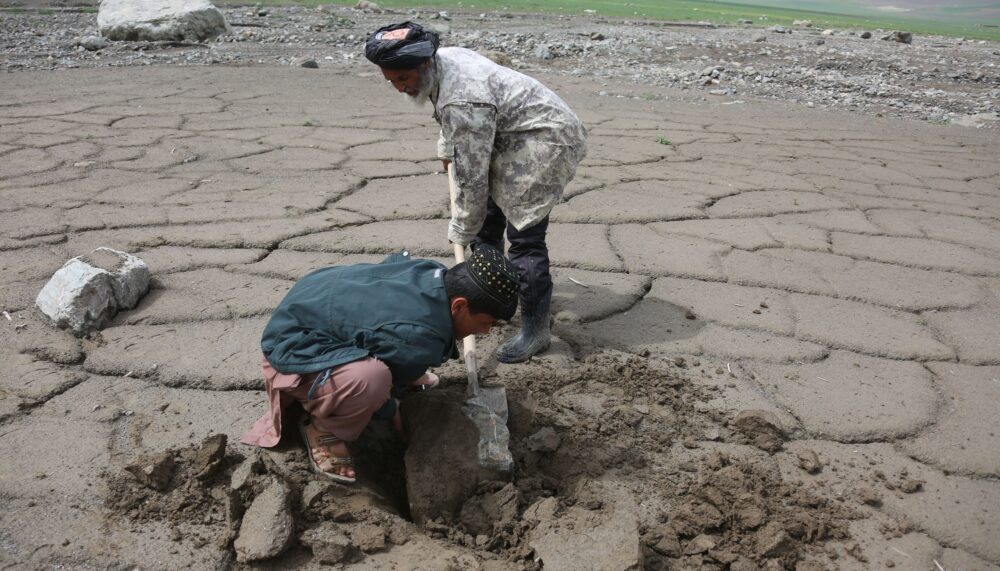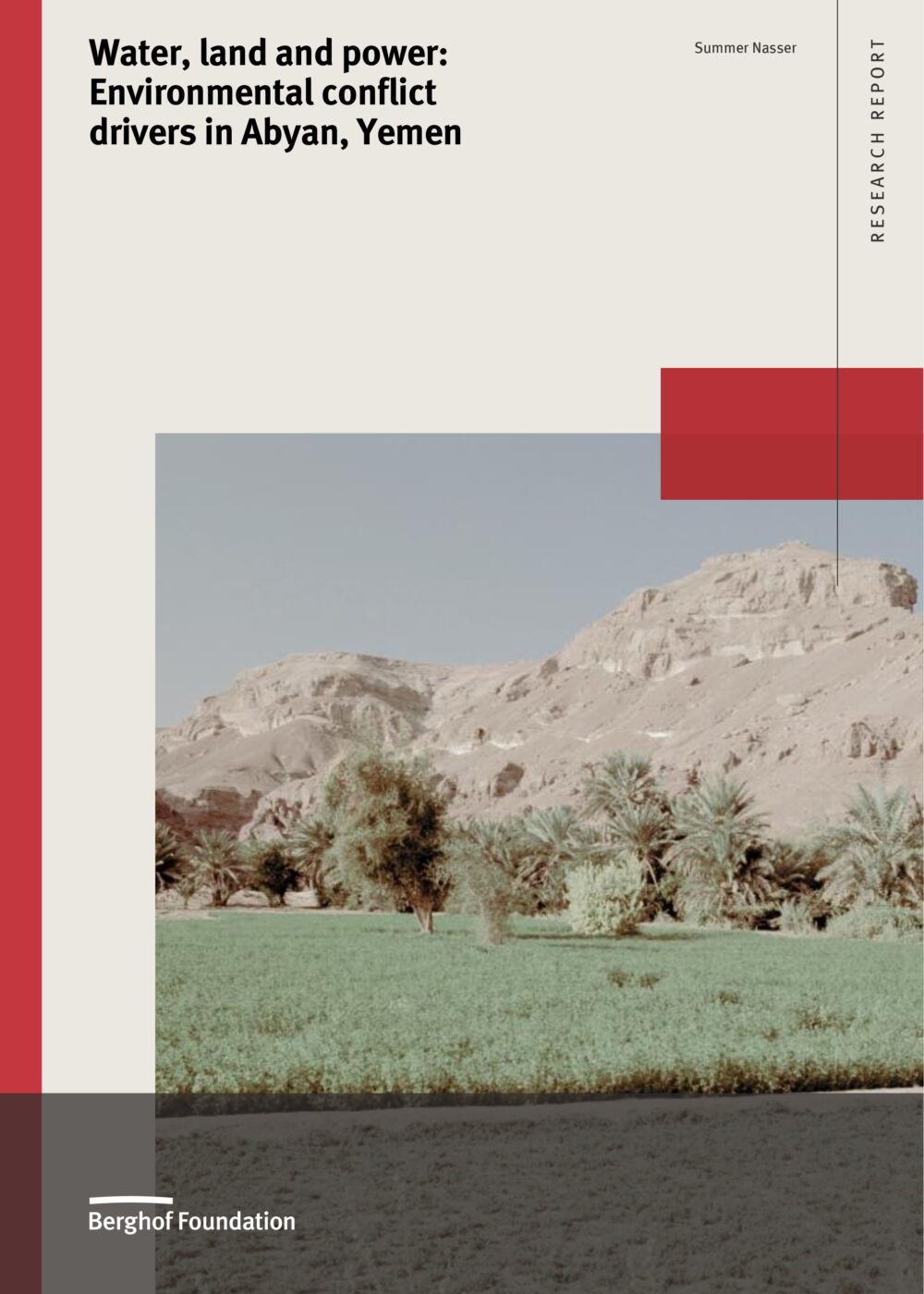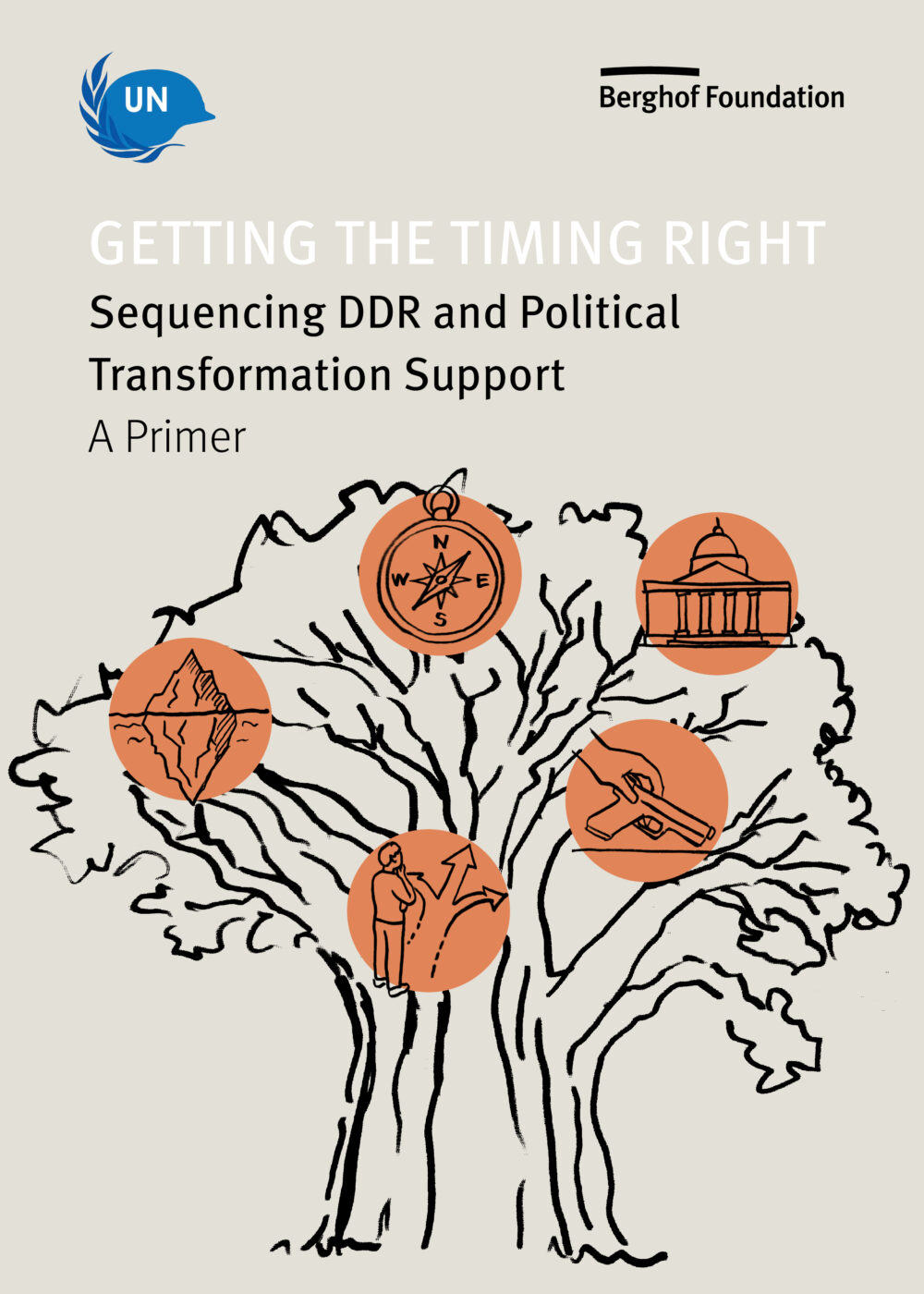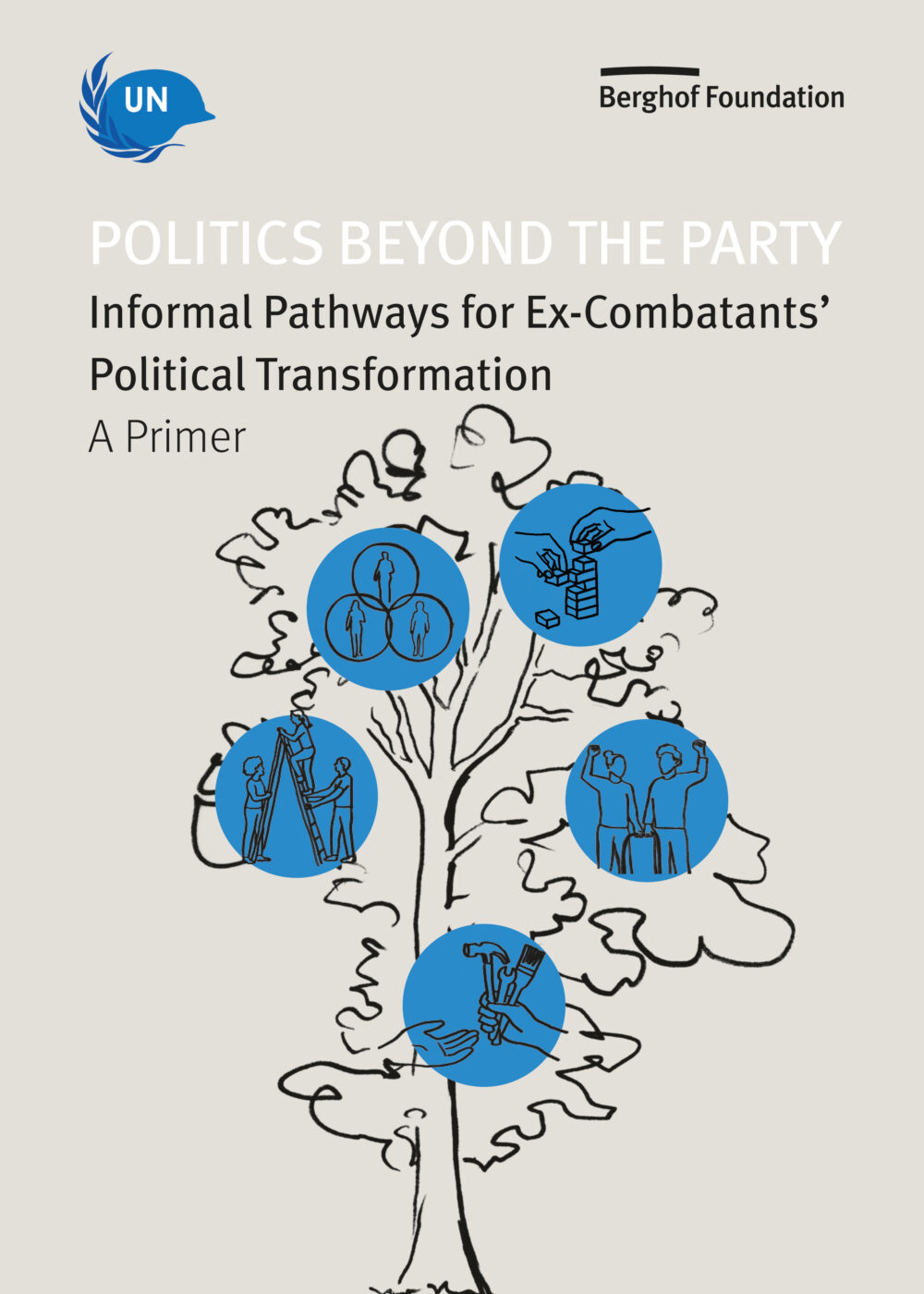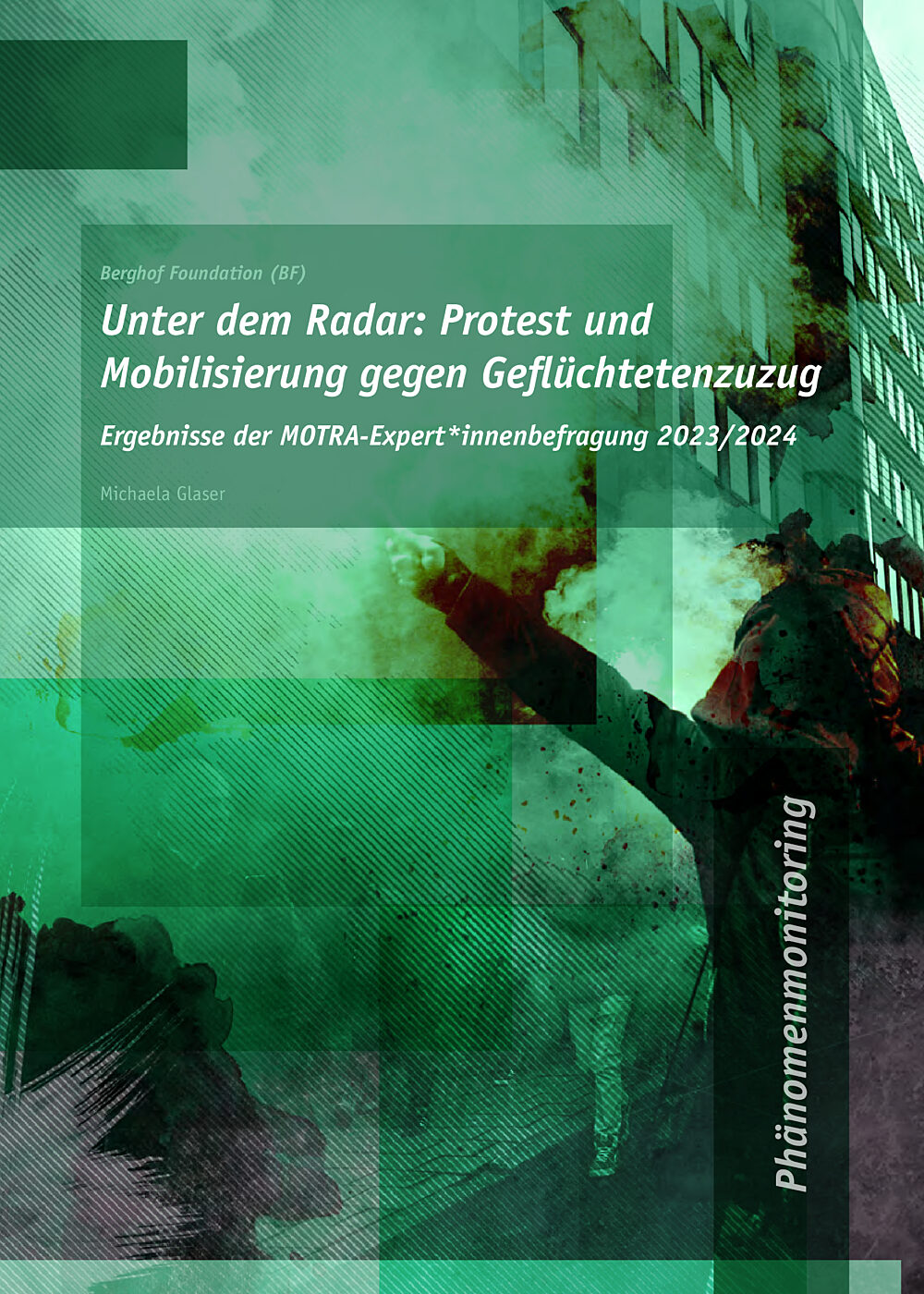15 Feb 2018
Emotional Dynamics in Conflict and Conflict Transformation
Handbook Article

This article explores how emotions significantly arise in and through situational interactions, which either contribute to or weaken parties’ agency. Four forms of interaction are suggested that shape emotional dynamics in conflict and conflict transformation: (1) cooperative interaction, which leads to positive emotional energy (EE) such as confidence and trust that promote action, (2) dominating interaction, in which the dominating party gains more positive EE than the dominated party, (3) conflictual interaction, which generates negative EE that drives conflictual action, and (4) disengaged interaction, which causes loss of focus, boredom, indifference and fatigue.
Authors
Isabel Bramsen, Poul Poder
Examples of conflict escalation in the Arab Uprisings and peacebuilding endeavours in Uganda illustrate the value of comprehending the micro-dynamics of how actors in conflicts and conflict transformation are energised (or de-energised). This situational approach also suggests various practical measures seeking to address often-unnoticed levels of agency formation in strategic and tangible measures.
Thanks for your interest
If you find this publication useful, please consider making a small donation. Your support enables us to keep publishing.

